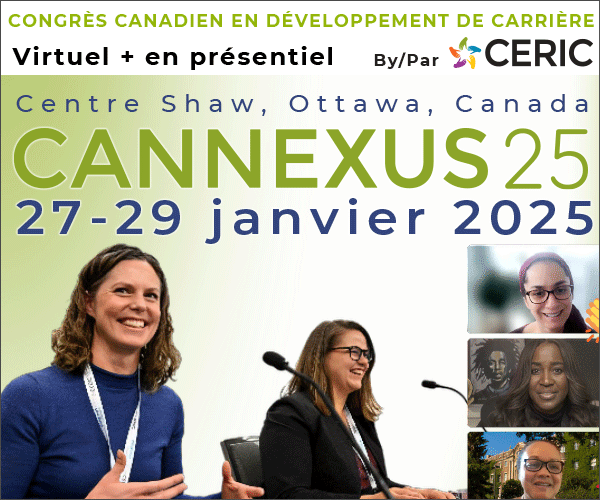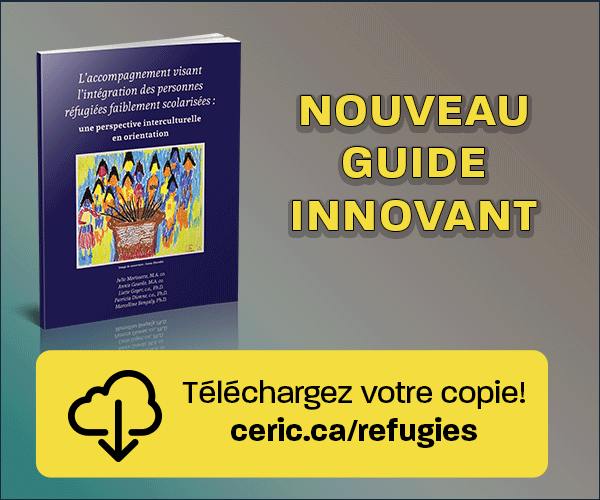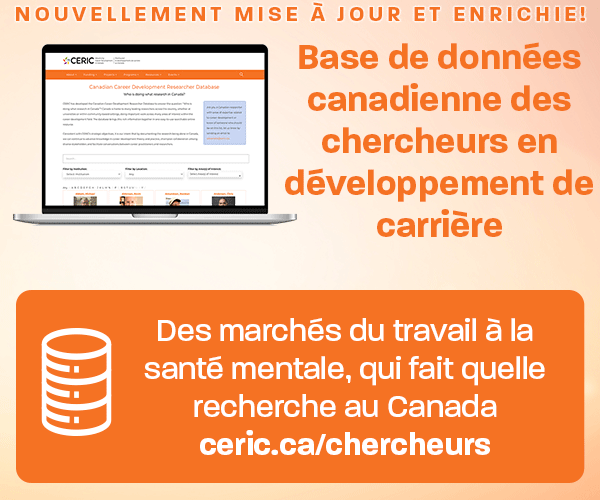Une intervention pour un soi possible dans la transition de carrières des athlètes
Mots-clés :
Transition de carrière dans le sport, carrière, transition, interventionRésumé
Exceptional demands of high-performance sport can limit athletes’ engagement in an array of developmental tasks such as identity exploration and the acquisition of competencies outside of the sport setting. Such tasks are needed to develop an integrated and cohesive sense of self (Lavallee & Robinson, 2007), pursuits which primarily occur in emerging adulthood. The extant literature has consistently suggested that sport career termination is one of the most significant and potentially traumatic experiences for a wide-range of competitive athletes including interuniversity sport participants (Lavallee, 2005); however, minimal sport transition interventions are in place to address its impact on athletes’ adaptation to life after sport, particularly the effects on athletes’ identities. This study utilizes a pre-test and post-test research design to study the effectiveness of a novel group psychotherapy intervention titled Identity Matters, which seeks to influence athletes’ sense of future possibilities in a variety of life domains including vocational, interpersonal, and intra-personal components, in comparison to an active control condition titled Planning Ahead, a didactic and traditional group career intervention method.
Références
Aloise-Young, P., Hennigan, K., Leong, C. (2001). Possible selves and negative health behaviours during early adolescence. Journal of Early Adolescence, 21(2), 158–181.
Beamon, K. (2012). “I’m a Baller”: Athletic identity foreclosure among African-American former student-athletes. Journal of African-American Studies, 16, 195-208. doi:10.1007/s12111-012-9211-8
Brewer, B. W., Van Raalte, J. L., & Linder, D. E. (1993). Athletic identity: Hercules’ muscles or Achilles’ heel? International Journal of Sport Psychology, 24(2), 237-254.
Brown, L. M., & Gilligan, C. (1993). Meeting at the crossroads: Women’s psychology and girls’ development. Feminism & Psychology, 3(1), 11-35. Retrieved from:
Cabrita, T. M., Rosado, A. B., Leite, T. O., Serpa, S. O., & Sousa, P. M. (2014). The relationship between athletic identity and career decisions in athletes. Journal of Applied
Sport Psychology, 26, 471- 481. http://dx.doi.org/10.1080/10413200.2014.931312
Canadian Sport Institute (2014). Retrieved from: https://www.csipacific.ca/introducing-game-plan-canadas-athlete-career-transition-program. Accessed March 15, 2017.
Cross, S. & Markus, H. (1991). Possible selves across the life span. Human Development, 34, 230–255. https://doi.org/10.1159/000277058
Dunkel, C. S. (2000). Possible selves as a mechanism for identity exploration. Journal of Adolescence, 23, 519- 529. http://doi.org/10.1006/jado.2000.0340
Frazier, L. D. & Hooker, K. (2006). Possible selves in adult development: Linking theory and research. In Dunkel, C. S. & Kerpelman, J. (Eds). Possible selves: Theory, Research, and Applications. Hauppauge, NY: Nova Science.
Giannone, Z. A. (2016). Life after sport: The relationship between athletic identity and mental health outcomes in sport retirement (Master’s thesis). University of British Columbia, Vancouver, CA. Retrieved from: https://open.library.ubc.ca/cIRcle/collections/ubctheses/24/items/1.0223581
Herth, K. (1992). Abbreviated instrument to measure hope: Development and psychometric evaluation. Journal of Advanced Nursing, 17, 1251-1259. doi: 10.1111/j.13652648.1992.tb01843.x
Houle, J. W., & Kluck, A. S. (2015). An examination of the relationship between athletic identity and career maturity in student-athletes. Journal of Clinical Sport Psychology, 9, 24-40. http://dx.doi.org/10.1123/jcsp.2014-0027
Kealy, D. (2016). Identity Matters - a possible-selves intervention for emerging adults: Research protocol.
Lally, P. S., & Kerr, G. A. (2005). The career planning, athletic identity, and student role identity of intercollegiate student athletes. Research Quarterly for Exercise and Sport, 76(3), 275-285. Retrieved from: http://www.tandfonline.com/doi/abs/10.1080/02701367.2005.10599299
Lavallee, D. (2005). The effect of a life development intervention on sport career transition adjustment. The Sport Psychologist, 19, 193-202. Retrieved from: http://www.storre.stir.ac.uk/bitstream/1893/7656/1/lavalleesportpsych2005.pdf
Lavallee, D. & Robinson, H. K. (2007). In pursuit of an identity: A qualitative exploration of retirement from women’s artistic gymnastics, Psychology of Sport and Exercise, 8, 119-141. http://doi.org/10.1016/j.psychsport.2006.05.003
Markus, H. & Nurius, P. (1986). Possible selves. American Psychologist, 41, 954–969. Retrieved from: http://geoff.rey.angelfire.com/res/papers/MarkusH.pdf
Murphy, G. M., Petitpas, A. J., & Brewer, B. W. (1996). Identity foreclosure, athletic identity, and career maturity in intercollegiate athletes. The Sport Psychologist, 10, 239-246. http://dx.doi.org/10.1123/tsp.10.3.239
Oyserman, D., Bybee, D., Terry, K., & Hart-Johnson, T. (2004). Possible selves as roadmaps. Journal of Research in Personality, 38, 130-149. http://doi.org/10.1016/S00926566(03)00057-6
Oyserman, D. & Markus, H. R. (1990). Possible selves and delinquency. Journal of Personality and Social Psychology, 59, 112–125. http://dx.doi.org/10.1037/00223514.59.1.112
Robitschek, C., Ashton, M. W., Spering, C. C., Geiger, N., Byers, D., Schotts, G. C., & Thoen, M. A. (2012). Development and psychometric evaluation of the Personal Growth Initiative Scale–II. Journal of Counseling Psychology, 59, 274-287. http://dx.doi.org/10.1037/a0027310
Schwartz, S. J., Luyckx, K., & Vignoles, V. L. (2011). Handbook of Identity Theory and Research. New York, NY: Springer.
Schwartz, S. J., Zamboanga, B. L., Luyckx, K., Meca, A., & Ritchie, R. A. (2013). Identity in emerging adulthood: Reviewing the field and looking forward. Emerging Adulthood, 1, 96-113. doi:10.1177/2167696813479781
Seligman, M. E., & Csikszentmihalyi, M. (2000). Special issue on happiness, excellence, and optimal human functioning. American Psychologist, 55, 5-183. doi:10.1037/0003066X.55.1.5
Weigand, S., Cohen, J., and Merenstein, D. (2015). Susceptibility for depression in current and retired student athletes. Sports Health: A Multi-Disciplinary Approach, 5, 263-266. doi:10.1177/1941738113480464
Whipple, K. R. (2009). Athletic identity, identity foreclosure, and career maturity: An investigation of intercollegiate athletes. Unpublished Master’s thesis, Iowa State
University, Ames. Retrieved from: http://lib.dr.iastate.edu/etd/10492/

Téléchargements
Publié-e
Comment citer
Numéro
Rubrique
Licence

Cette œuvre est sous licence Creative Commons Attribution - Pas d'Utilisation Commerciale - Pas de Modification 4.0 International.











